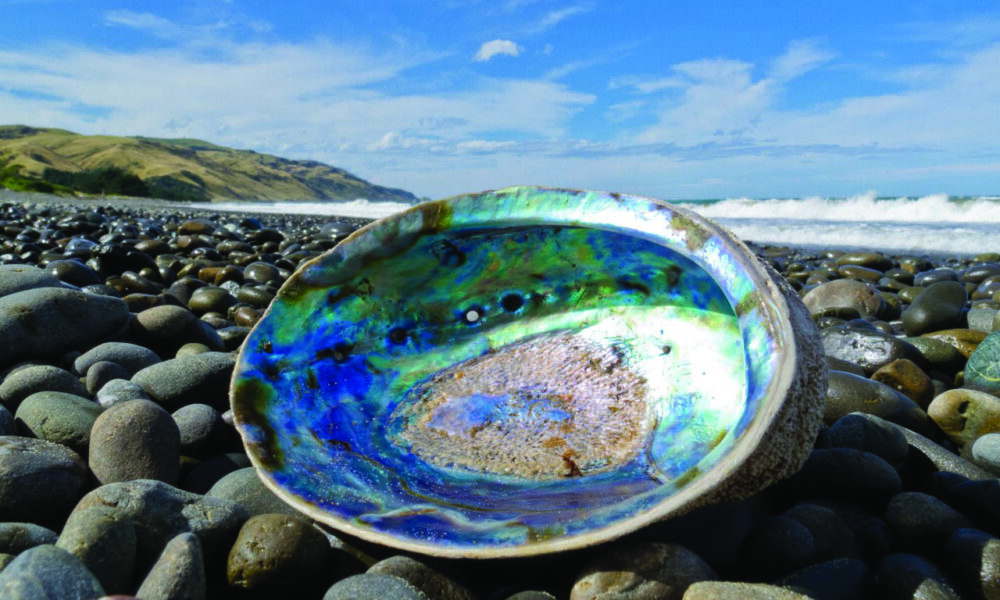Many would agree that one of the foremost attributes of glass is its fragility. However, a team of McGill researchers have found a surprising model after which to fashion a more durable glass. The team has enlisted nacre, more commonly known as “mother-of-pearl,” to improve glass’ fracture toughness, impact resistance, and light refraction, and created a glass that is as resilient to fragmentation as plastic.
“The methods for improvement [of glass composites] offer infinite variation and opportunities for novelty,” Allen Ehrlicher, an associate professor in McGill’s Department of Bioengineering and a member of the research team, wrote in an email to The McGill Tribune.
Ehrlicher and his team foresee such a durable glass composite as having the potential to vastly improve common applications, such as cell-phone screens.
Using small fragments of glass and acrylic material, the researchers were able to adjust flexibility and collision resistance by varying how long the composite was spun in a centrifuge. This allowed them to align microscopic glass tablets into layers of parallel planes, leading to an overall denser structure with greater resiliency.
To increase the transmittance of light and the overall transparency of the composite, the researchers made the opaque glass and acrylic solid take on the refractive index of glass through the selection of both hard and soft materials. According to Ehrlicher, hard substances provide a necessary backbone for the composite, while more pliable ones increase transparency by preventing the reflection of light, also known as refraction. This allows the clarity of the composite to be identical to that of more common glass forms, including those which are laminated and tempered with heat, but are comparatively weaker.
“Mollusk shell in bioinspired materials is broadly recognized as an archetype of tough composite materials, and offers a design template in its brick and mortar architecture as well as [a] combination of rigid tablets and ductile connective material,” Ehrlicher wrote. “For the material to not shatter, the material must flex and the energy of deformation must be absorbed more gradually than catastrophically.”
It is mainly due to the mollusk shell’s structure, rather than the material itself, that such deformative properties can be achieved.
“[Deformation] occurs through toughening mechanisms in the plastic connective phase between the glass flakes,” Ehrlicher wrote. “By allowing the plastic phase to gradually break, develop cavities, and let the glass tablets slide, this prevents the overall material from breaking, similar to a myriad of mechanical ‘fuses.’ Toughening mechanisms are the processes which allow the material to not be fragile or brittle like conventional glass.”
Nacre has both hard and soft phases that allow for a high level of rigidity while still being able to absorb and resist impact. Thus, the researchers fashioned their composite out of both stiff and deformable material, resulting in a high level of interface strength due to strong bonding between the different phases.
The researchers have calculated that their composite is three times stronger than normal glass and over five times more fracture resistant, a sign that this design could have significant real-world applications.
Even more compelling is that Ehrlicher believes this glass composite is comparatively easier to manufacture than traditional glass. The team is currently in talks with companies regarding its wide-scale production.
It is hard to believe that nacre, most commonly a protective lining for many mollusk species, could be behind such an exciting scientific development. Yet, Ehrlicher thinks the sky is the limit for nacre and its other biological counterparts.
“Bioinspired materials has become a field in its own right,” Ehrlicher wrote. While Ehrlicher and his colleagues specialize in cell mechanics, the realm of bio-inspired materials remains an open canvas for experimentation and development. It seems that as scientists discover more about the minutiae of nature, the potential for innovation will only grow.








